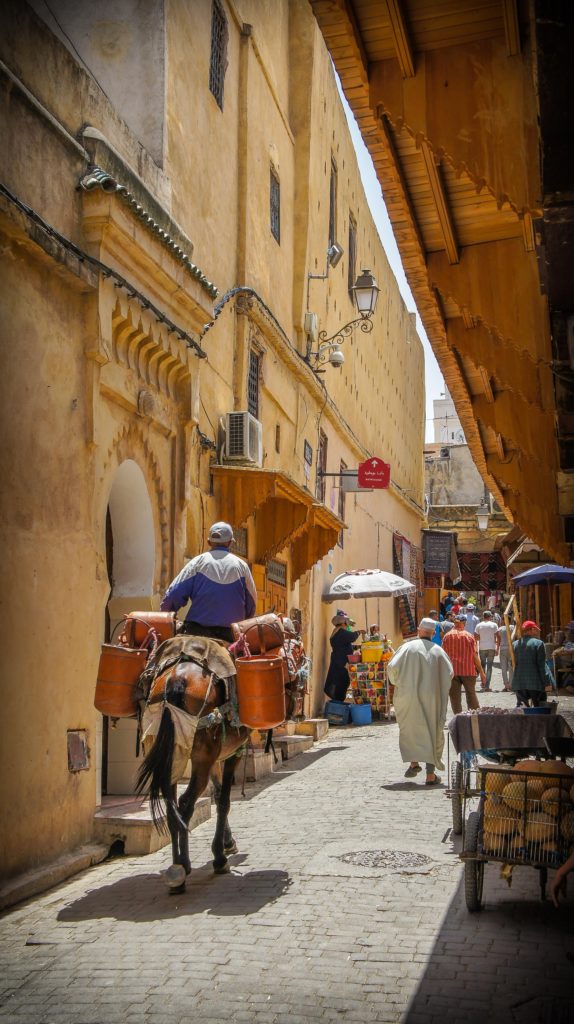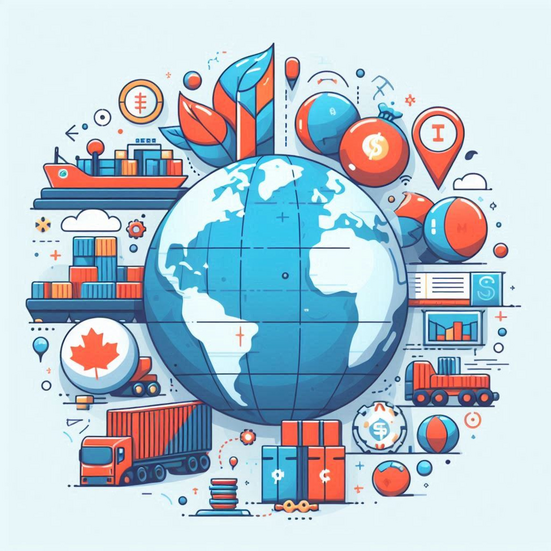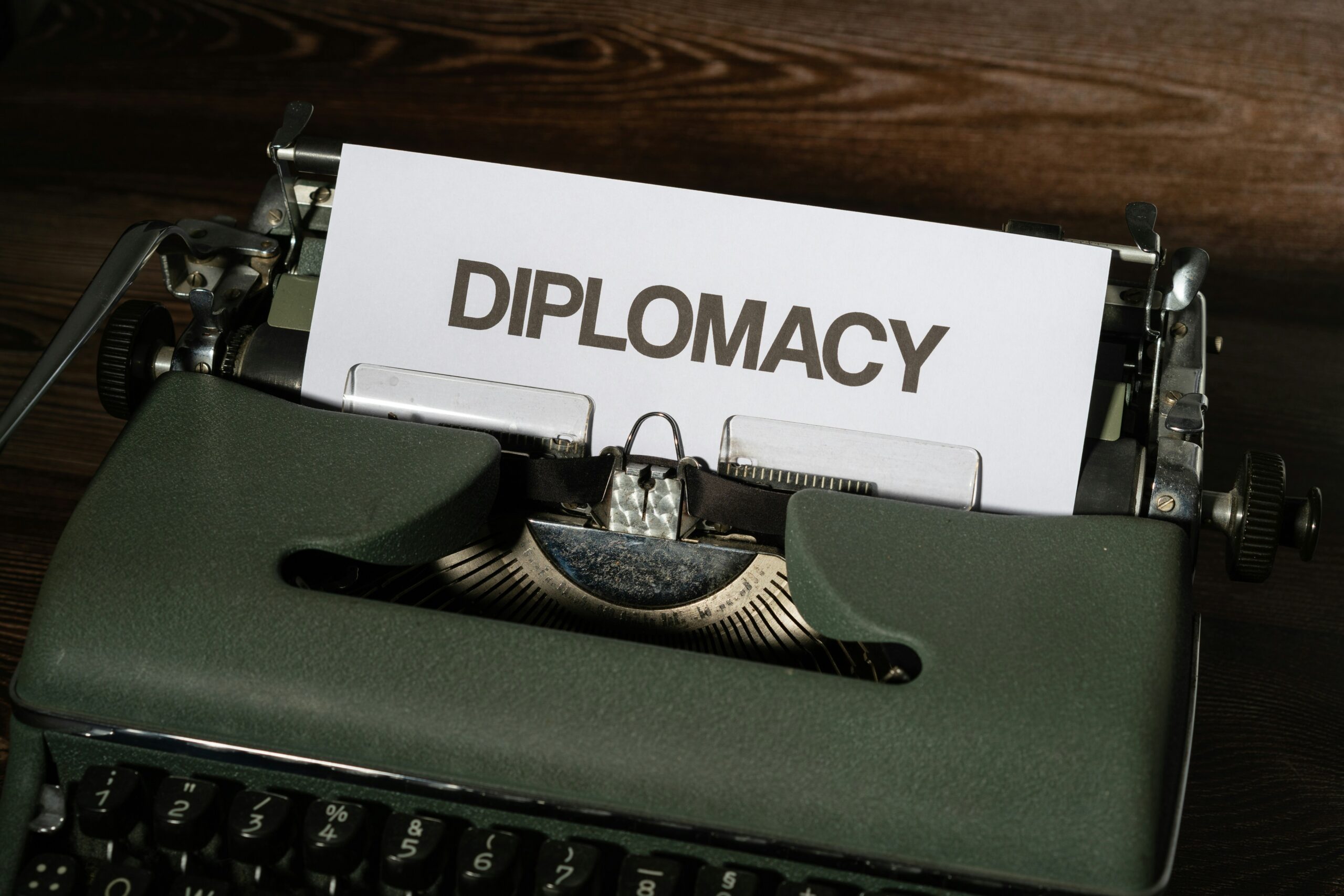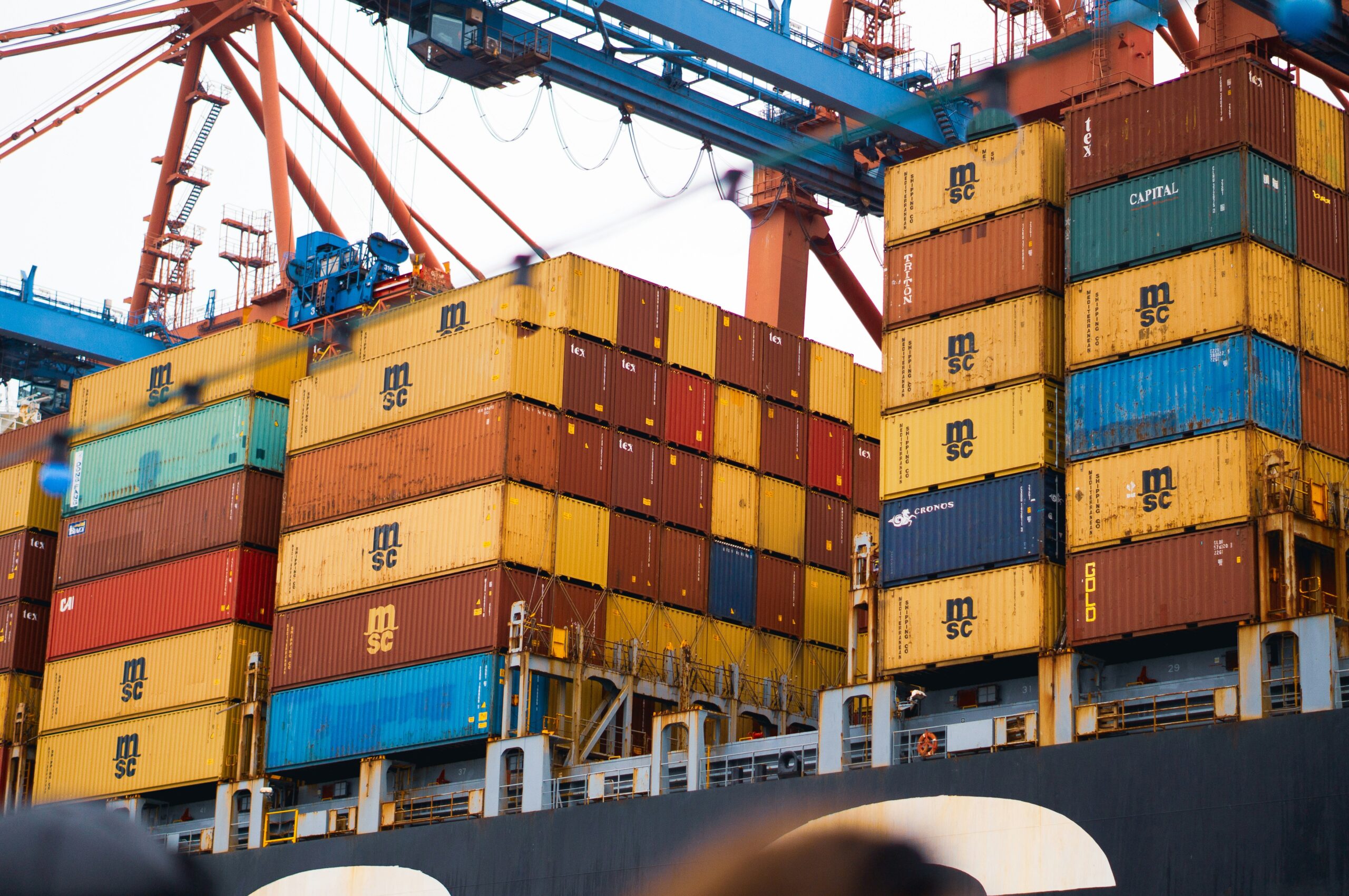This article explores some significant bilateral and multilateral trade agreements signed by Morocco

United States – Morocco
On June 15, 2004, the United States and Morocco signed an FTA. On January 1, 2006, the Agreement went into effect. The US-Morocco Free Trade Deal is a comprehensive agreement that supports Morocco’s considerable economic and political reforms while also improving commercial prospects for US exports to Morocco by lowering and eliminating trade obstacles.
Since the FTA’s implementation, the US goods trade surplus with Morocco has increased from $79 million in 2005 to $1.8 billion in 2011. (the year before entry into force). Exports of goods from the United States totaled $2.8 billion in 2011, up 45 percent over the previous year. Morocco’s corresponding imports to the United States totaled $996 million, up 45 percent. Morocco is now the United States’ 55th largest export market.
EU and Morocco
The EU and Morocco have strong economic and investment ties: the EU is Morocco’s largest trading partner, and Morocco is the EU’s largest trading partner in the Southern Neighbourhood (Algeria, Egypt, Israel, Jordan, Lebanon, Libya, Morocco, Palestine*, Syria, and Tunisia). The EU is also Morocco’s largest foreign investor, with more than half of the country’s FDI stock coming from the EU.
As part of the EU-Morocco Association Agreement, which was signed in 1996 and came into force on March 1, 2000, the EU and Morocco formed a Free Trade Area. In addition, the EU and Morocco inked an agreement in October 2012 to further liberalize trade in agricultural products, processed agricultural products, and fish and fishery products. Industrial trade is completely liberalized, while agricultural trade is also significantly liberalized. Both parties agreed to a protocol establishing a Dispute Settlement Mechanism, which was signed in 2012 and went into effect.
The Deep and Comprehensive Free Trade Area (DCFTA) negotiations began in 2013. The start of discussions was accompanied by the completion of a Sustainability Impact Assessment by an independent contractor.
Morocco – Egypt
The bilateral relations between the kingdom of Morocco and the Arab Republic of Egypt are known as Morocco-Egypt relations. The two countries have had cordial relations since their independence. Both countries belong to the Arab League, GAFTA, the World Trade Organization, the Non-Aligned Movement, the Organization of Islamic Cooperation, the Council of Arab Economic Unity, and the United Nations.
Morocco and Egypt are both signatories to the Agadir Agreement for the Establishment of an Arab Mediterranean Free Trade Zone, which was signed in Rabat, Morocco on February 25, 2004. The agreement attempted to create a free trade zone between Jordan, Tunisia, Egypt, and Morocco and was viewed as a possible first step toward the creation of the Euro-Mediterranean free trade zone envisioned in the Barcelona Process. They are also founder members of GAFTA, the Arab League’s agreement to create a fully integrated Arab economic bloc capable of competing worldwide.
India – Morocco
The bilateral connections between Morocco and India are referred to as India–Morocco relations. Morocco has consulates in Mumbai and Kolkata, as well as an embassy in New Delhi. Rabat, India has an embassy. Both countries belong to the Non-Aligned Movement.
India supported Morocco’s decolonization and independence effort at the United Nations. Morocco was recognized by India on June 20, 1956, and connections were established in 1957. “India and Morocco have enjoyed cordial and friendly relations,” according to the Ministry of External Affairs of the Indian government. “Bilateral relations have witnessed significant depth and growth over the years.”
Morocco- Russia
Since the 18th century, bilateral relations between Russia and Morocco have been excellent. Then came the interchange of goods between Sultan Mohammed Ben Abdallah’s and Empress Catherine II’s empires, which began mutual connections.
In Rabat, Russia has an embassy, while in Casablanca, it has a consulate office. Morocco’s embassy in Moscow represents the country in Russia.
Bilateral commercial connections grew dramatically in the 2000s, particularly in the mining and agriculture sectors.
In September 2006, Russian President Vladimir Putin paid a visit to Morocco to strengthen economic and military ties between the two countries. Morocco-Russia relations are still evolving, with commerce between the two nations surpassing two billion dollars in 2011.



